Come move and groove with the wonderful Barnard Dance Department!
As someone who grew up dancing, I knew I wanted dance to be part of my college experience in some way. It was the environment of the Dance Department, though, that convinced me to be a major. From stellar technique classes and performance opportunities to fascinating dance history and dance studies courses, the dance department offers endless ways to create a personalized experience.
The major is housed at Barnard but is open to students from any undergraduate college (including as a SEAS minor). While the major is fairly large, many of its requirements can be met by taking classes most dancers would already want to take, like technique and performance. I’ve found it very manageable, with a little bit of planning, even as a transfer student and a double major. Majors can also reserve studio space each week, which is a perk!
To learn more about the department, the major, and current course offerings, visit the department’s website.
The basic requirements are:
- Two dance history courses (6 credits)
- One movement science course (3 credits)
- One composition course (3 credits)
- Two semesters of senior thesis (8 credits)
- Five electives (15 credits)
- Eight technique courses (16 credits)
So let’s break that down a little more:
Two dance history courses: All majors take DNCE BC 2565: World Dance History and DNCE BC 3001: History of Theatrical Dancing.
- These are core classes that introduce students to theories in dance and performance studies and provide you with a solid foundation of important dance traditions and figures. Both classes also involve short research projects. I’ve found them really interesting, especially because I came into the major with very little working knowledge of dance history!
A movement science course: There are a few options here: DNCE BC 2562: Movement Analysis; DNCE BC 2573: Applied Anatomy for Human Movement; DNCE BC 3144: Coding Choreography.
- I took Anatomy and really enjoyed it; it is designed for dancers, so most classes involve learning and practicing terminology (with our skeleton model, of course!) as well as physically moving to understand the interactions between different body parts. It gave me a much better understanding of my movement, and now I understand what my dance teachers are talking about when they reference the trochanter! I’ve also heard great things about the other two courses, although I should note that Coding Choreography hasn’t been offered in a while.
A composition course: This is a choreography class, with several different options: DNCE BC 2563: Form; DNCE BC 2564: Content; DNCE BC 3560: Screendance; DNCE BC 3565 Collaboration and the Creative Process; DNCE BC 3566: Site/Experimental.
- I took Form with Gabri Christa and LOVED it! Choreography is, of course, something you can practice without taking a class, but being in a focused environment and given improvisational and creative tools to play with was both fun and inspiring. Form is always offered in the spring and Content is always offered in the fall, for planning purposes.
A senior thesis: All dance majors take two semesters of thesis work, but there is some flexibility. All majors take DNCE BC 3591: Senior Seminar in Dance in the fall and then take one or both of DNCE BC 3592: Senior Project: Research for Dance and DNCE BC 3593: Senior Project: Repertory for Dance in the spring.
- The fall Senior Seminar culminates in a 25–30-page senior thesis, presented to the department. The spring Senior Project lets majors choose between expanding their written thesis in the spring, or working on a performance piece, either self-choreographed or by working with an external choreographer, that is presented at an annual spring concert. Most majors choose the performance path.
Five electives: There are too many to list!
- Most majors take at least one semester of DNCE BC 360x; Rehearsal and Performance in Dance. This is an audition-only course that meets for two 3-hour rehearsals per week, culminating in a final departmental performance at New York Live Arts or Miller Theatre. It’s an incredible opportunity to work with faculty or external choreographers to create new dance works.
- My personal favorite non-performance elective was DNCE BC 3576: Dance Criticism, currently taught by critic Siobhan Burke, where students see dance performances in New York City and learn to write dance reviews. That class led me to my current position as Bwog’s Arts Editor and completely reshaped how I think about criticism.
- Another amazing elective opportunity is the Dance in Paris summer program, which is a study abroad program offered through Barnard that takes ten dancers, with preference for majors, to Paris to study dance technique, composition, and performance. I’m going this summer and cannot wait!
- Other amazing options range from DNCE BC 3000: From the Page to the Dance Stage, which looks at adaptations of written text into dance performance to DNCE BC 2567: Music for Dance, which teaches dancers basic music theory and lets students explore the connections between dance and music composition.
Eight technique courses: These are your traditional dance technique courses, in a variety of styles and levels. Each course is two credits and usually requires minimal work outside of class time. Majors can also audit technique courses.
- The department currently offers dance classes in ballet, modern (in a variety of techniques), jazz, tap, hip-hop, African dance, classical Indian dance, Afro-Cuban dance, contemporary Caribbean dance, Pilates, Feldenkrais, and Flamenco.
- Ballet and modern have six levels, and most other dance techniques have one to three levels. For ballet and modern, the general rule of thumb is that levels I-III are for dancers who are beginning that technique in college, and levels IV-VI are for dancers with previous experience. For other techniques, level I is usually for beginners, II for intermediate dancers, and III for advanced dancers. However, the actual difficulty of a course often changes depending on the professor and on the particular enrollment that semester. If you’re not sure, drop in during the first two weeks and try it out!
- I’ve loved almost every technique class I’ve taken, but some of my absolute favorites include modern with Jodi Melnick (postmodern), Lisa Boudreau (Cunningham technique), or Tamisha Guy (a more contemporary modern); ballet with Ashley Tuttle (who also offers a wonderful Variations class) or Vincent McCloskey; and African with Maguette Camara (which I’m currently taking).
Being a dance major has been wonderful. The major is fairly small, and Major Mingles (monthly workshops or master classes organized by the department) and technique and rehearsal classes mean that there is a strong sense of community. It’s been the most rewarding part of my college experience so far, shaping my creativity, my post-grad goals, and my friendships. I can’t recommend it enough!
Image via Bwarchives.


 0 Comments
0 Comments